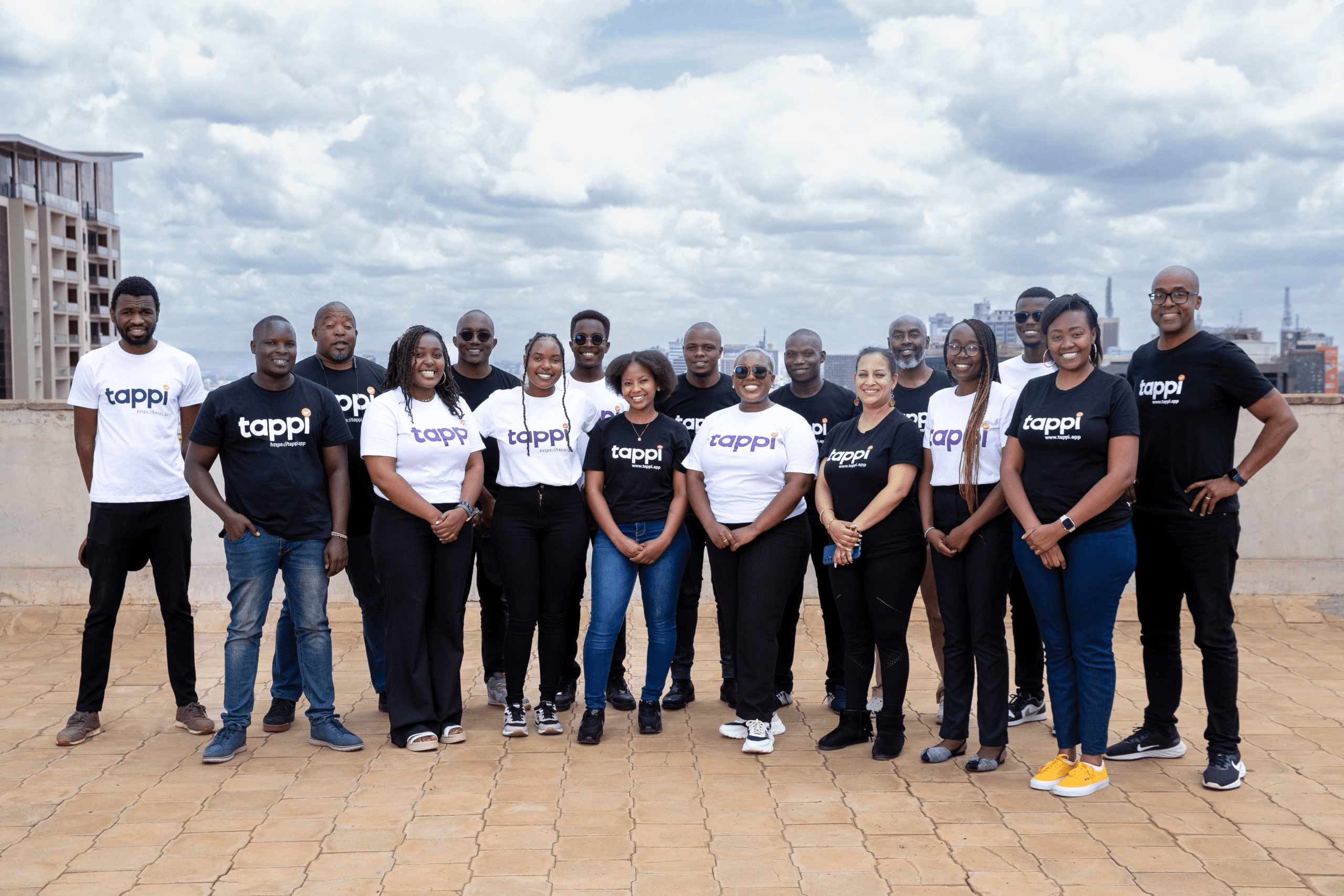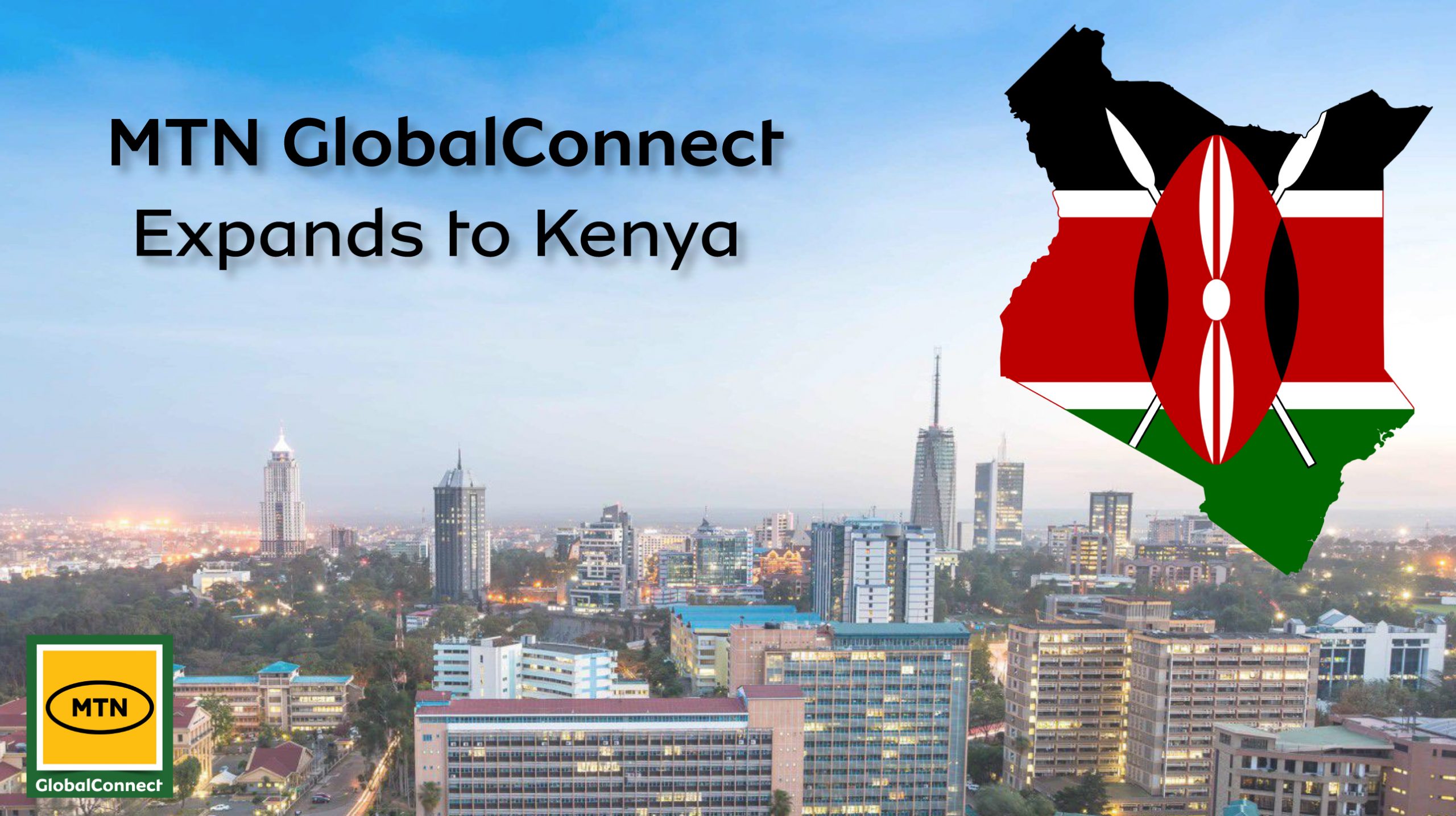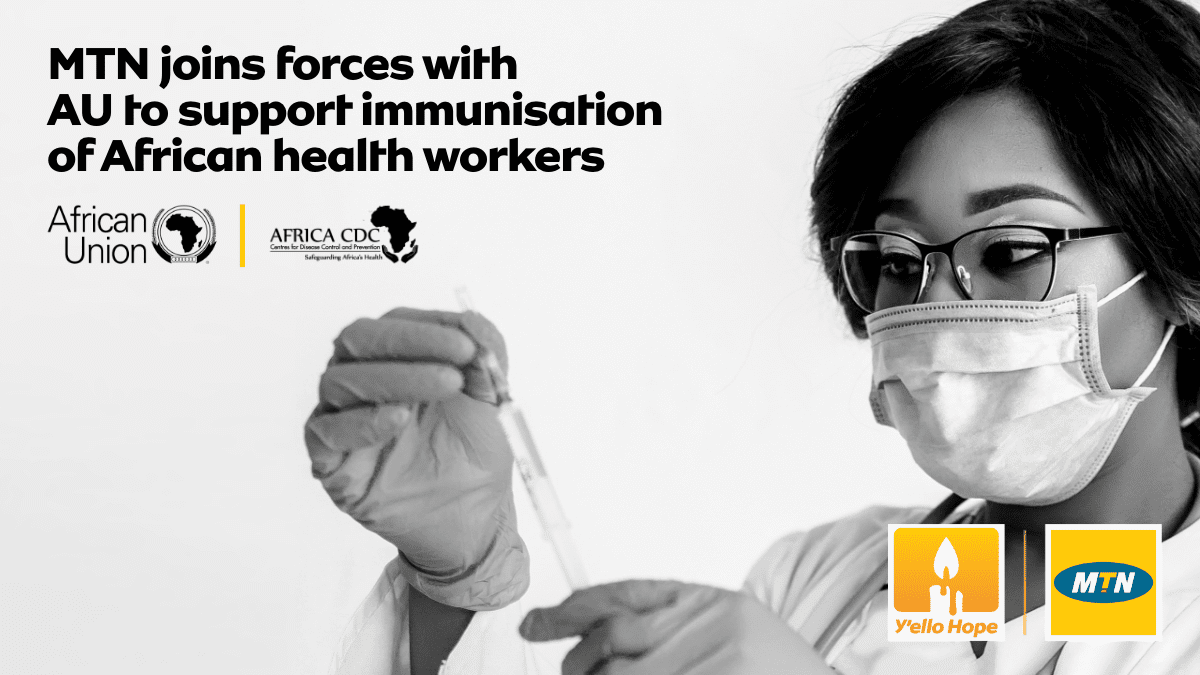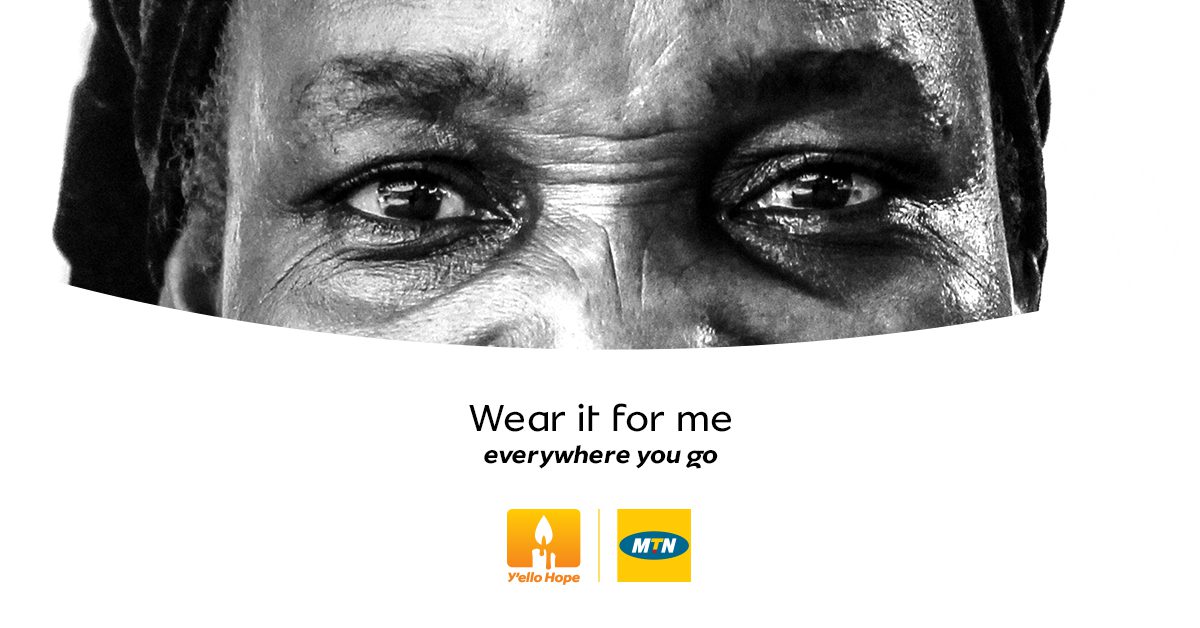
Disasters manifest themselves in many forms. There are thoughts that come to your mind when you hear words like fires, theft, power outages etc. there also words like earthquakes, floods and other natural events. For the ICT folks, malware and ransomware have of late been dreaded as new age disasters.
No organization would want to deal with any of these scenarios. Not wanting to deal with them does not mean they will not happen. With this in mind, having a comprehensive disaster recovery and backup solution in place is inevitable because your peace of mind matters.
Research indicates that malfunctioning hardware cause 45% of total unplanned downtime. Loss of power is another cause of downtime which accounts for 35%, software failure 34%, data corruption 24%, external security breaches 23%, and accidental user error 20%. This is according to a post by Phoenix NAP Global IT services. Today, such failures can lead to huge financial losses. How do you cover your business from such losses?
A solution that has been gaining traction of late is Disaster Recovery as a Service, (DRaaS). Disaster Recovery as a Service is whereby third-party data center experts offer cloud recovery services which means your entire production site from servers to applications, systems and the data itself is mirrored so that in case of an eventuality like the ones aforementioned, your path to recovery is almost seamless. The cost of setting up such a center is tremendous. Having one in-house does not make business sense due to one, the heavy investment on infrastructure and two, the technical expertise required. The focus needs to be on your core business.
MTN Business Kenya has invested heavily on its Primary Disaster Recovery site in Nairobi, a tier 3 data center and a secondary site in Mombasa. About Sh1 billion was spent to build the Nairobi one alone. This investment is primarily to enable enterprises like yours, access affordable Disaster Recovery services on a pay-you-go model. Pay-as-you-go model is a cost effective and flexible payment model for such services as you only pay for the capacity you use. The pay-as-you-scale model is also available whenever you want to do back up for any additional workloads.
More enterprises in Kenya and Africa are already reaping the benefits of adopting cloud-based services like disaster recovery. In a survey by Worldwide Wax in 2017, and which interviewed decision makers in 300 medium and large companies across Kenya, Nigeria and South Africa, business efficiency and scalability were by far mentioned as the most important benefits of cloud services. 80 per cent of businesses in Nigeria and 75 per cent of businesses in Kenya acknowledged these benefits. The report further highlights that in Kenya, 69 per cent have seen an overall positive impact, while 48 per cent had seen a high or very high impact on market share.
With ever shrinking markets, competitive edge is now shifting to creating business efficiencies and scaling speeds and swiftness. Whether or not to use a cloud service is no longer the question but what are you gaining from using these services is.
It provides substantial benefits when one considers cost and performance compared to traditional offerings of having an on-premise site. Furthermore, the solution is better equipped to make sure your organization recovers quickly and completely in case of a disaster.
Whichever kind of environment your organization is running, having in place a DR Strategy is key towards ensuring there is continuity of business when disaster strikes.
What are the questions you ask yourself when coming up with a Data Recovery strategy? We mention some of them below.
- What is the business impact and risk analysis in case an ICT disaster strikes your enterprise?
- What mission critical workloads will you need to protect?
- What technology are you using?
- What is your budget?
- What are your resources? Facilities and people
- What is your recovery time objective (RTO) and recovery point objective (RPO)?
Would you like a presentation on MTN Disaster Recovery as a Service? E-mail us on [email protected]





























